ADVERTORIAL • June 2023
Calabria: the all-season escape (but when to go?)
From snow-capped mountains to pristine national parks and miles and miles of powdery white beaches, the elegant toe of the Italian boot boasts a landscape as dramatically diverse as it is awe-inspiring. So, whether you’re about scaling the slopes come wintertime or basking on the beaches during the balmier months, our handy quiz will help you choose when to book your next escape to southern Italy’s best-kept secret…
Three things to do in spring
1) With three National Parks, each on an epic scale, this is paradise for hikers. Search the shores of Lago Cecita in Sila for spring’s first primroses or tackle the 34-mile Kalabria Coast to Coast – a three-day amble spanning mountain paths, chestnut groves and glorious seascapes.
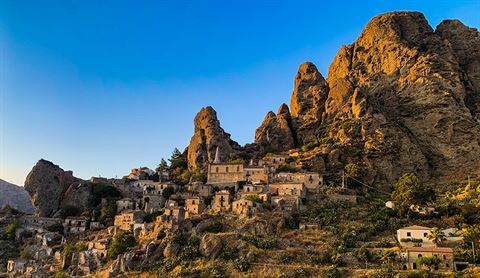
2) Scilla’s wide sandy beach, pastel-shaded houses and imposing Castello Ruffo are the starting points for a mesmerising journey along the Tyrrhenian coast. Take the coast road to Reggio Calabria, stopping for a stroll along the Lungomare waterfront with views of Sicily straight ahead. Veer inland for a short detour to the fascinating hilltop village of Pentadattilo (above) on Monte Calvario, whose five rocky peaks resemble giant fingers.
3) Set on a rocky spur, the fortress-topped seaside town of Scilla is every kind of magical and, according to Greek myth, was once home to six-headed sea-monster Scylla. Stroll Chianalea, its charming fishing quarter, then climb to the castle for far-reaching views before a sublime seafood lunch.
Three things to do in summer
1) From bergamot granitas to breakfast brioche con gelato, Calabria excels at ices. Crema reggina is its pastel-pink signature scoop, spiked with rum and candied fruit. Alternatively, try a tartufo di Pizzo, a cocoa-dusted ball of hazelnut ice-cream with the chocolate heart.
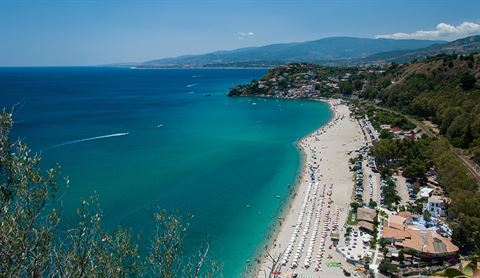
2) Beach lovers are spoiled for choice here. Standouts include Corigliano-Rossano, which also claims one of the oldest manuscripts of the New Testament. Then there’s Caminia (above), with its granite reefs, and Isola Capo Rizzuto, where golden sands overlook a castle that seems to float in the turquoise sea.
3) The Tyrrhenian coast is dotted with pretty towns, starting with Tropea. Handsome palazzos edge its cliffs, overlooking dreamy white sands, while the old town is a beguiling mix of cafés, cobbled backstreets and churches. The most striking is Santa Maria dell'Isola. Along the coast, Pizzo is another beauty, with its castle that commemorates the fearless Joachim Murat, King of Naples, a fortress adjacent to a historic centre with an incomparable view of the sea. Not far away, set into the rock is the Grotta di Piedigrotta, a mystical place of worship that tells the legend of the shipwreck of coral traders. Nearby, the Zungri Caves, a rock settlement founded by people from the East, also known as the 'City of Stone', is deserving of your attention.
Three things to do in autumn
1) The end of summer gives way to numerous festivals, including the fiery Festival del Peperoncino in the colourful coastal town of Diamante – a five-day celebration of the eponymous spice, in early September.
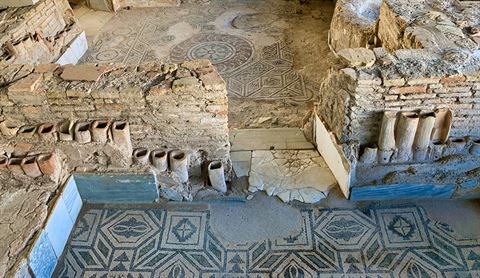
2) See how the Roman upper crust lived at the recently excavated palace, Villa Romana di Casignana (above), on the plain of Locri, which stars a mosaic of the triumph of Dionysus in India.
3) Centuries of invaders left their mark on Calabria – including the ancient Greeks, who claimed it as Magna Graecia. At the Museo Nazionale di Reggio Calabria, come face to face with the shipwreck-salvaged Bronzi di Riace; two life-size, nude Greek warriors with silver teeth and ivory eyes.
Three things to do in winter
1) Visit Calabria in winter to feel like a local rather than a tourist, taking in the sights without the crowds and enjoying cooler temperatures. In Reggio, discover the bergamot, which is harvested in this season. There is even a museum dedicated to this fruit.
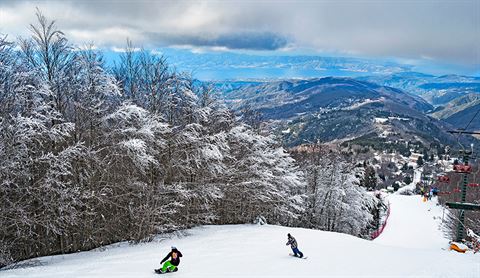
2) For pine-edged pistes and zero queues for lifts, head for Calabria’s four ski resorts – including Gambarie (above), whose sea views stretch to Mount Etna. For snowshoe-stomps and sledging, visit the Sila plateau or ski cross-country trails in snow-dusted, fairy-tale forests.
3) Explore Cosenza’s hilly mediaeval heart – including its 11th-century duomo and Norman-Swabian castle built by the Saracens.

This article has been tagged Advertorial, Adventure
More from previous issues

The King and us: a royal history
A regal retrospective on our special relationship with the former pilot and soon-to-be crowned King
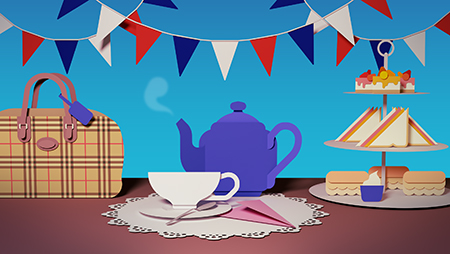
How British is your travel etiquette?
Where’s your happy place in Departures? Duty free? Cup of tea? G&T? Take our quiz to find out what your pre-flight routine says about your national spirit
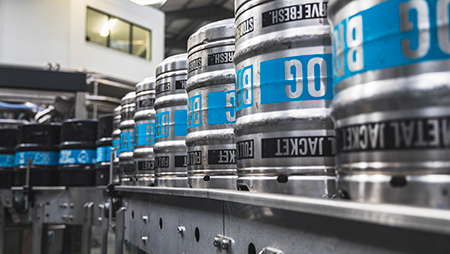
My Club: the man behind your in-flight beer
BrewDog’s co-founder Martin Dickie distils his business lessons and travel insights. Plus, the Speedbird returns…
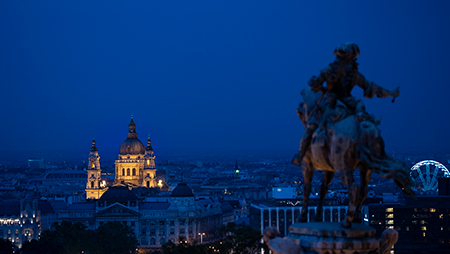
Reward Flight saviours: Budapest
Our Reward Flight Saver could have you winging your way to the Hungarian capital for just 23,500 Avios plus as little as £1
